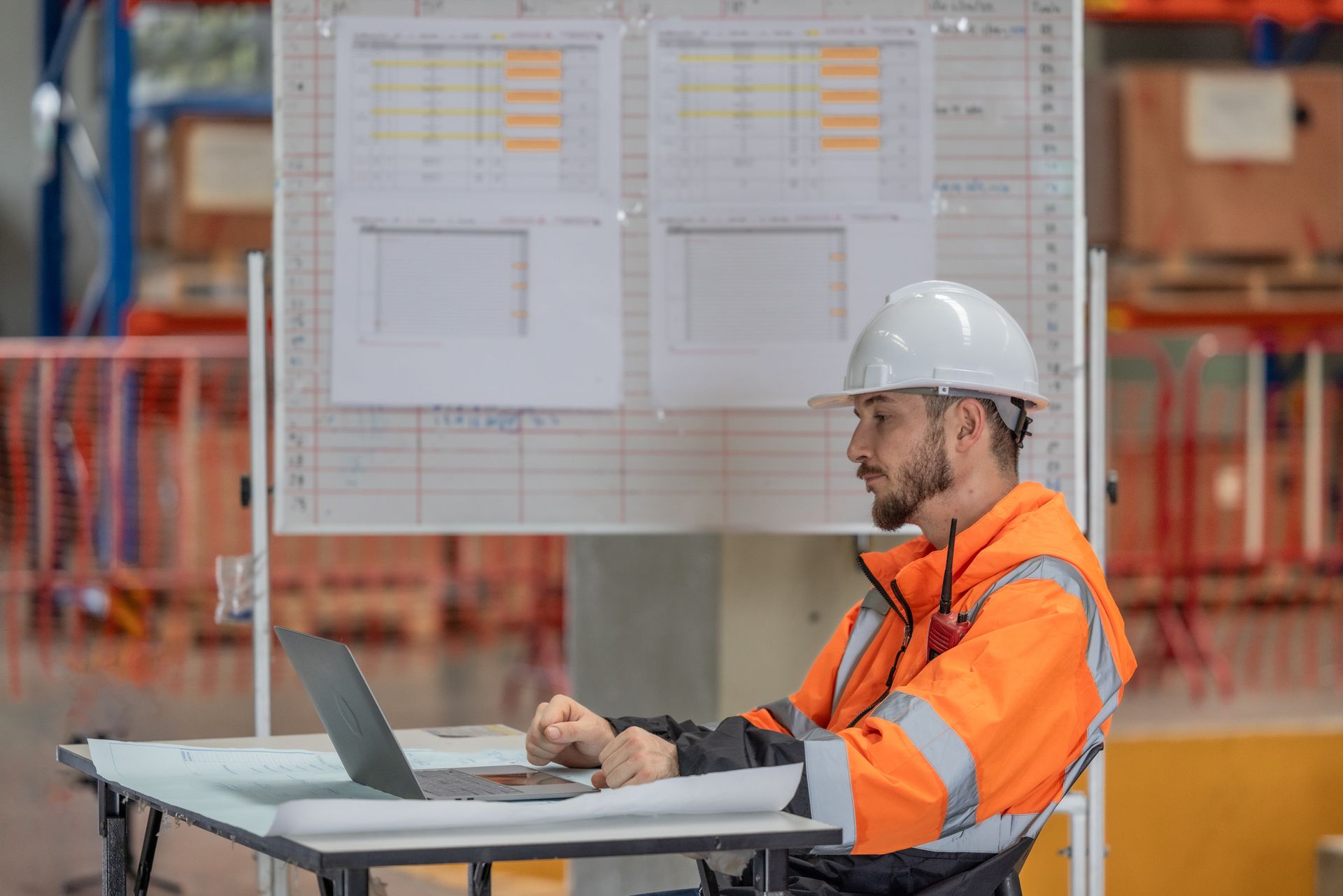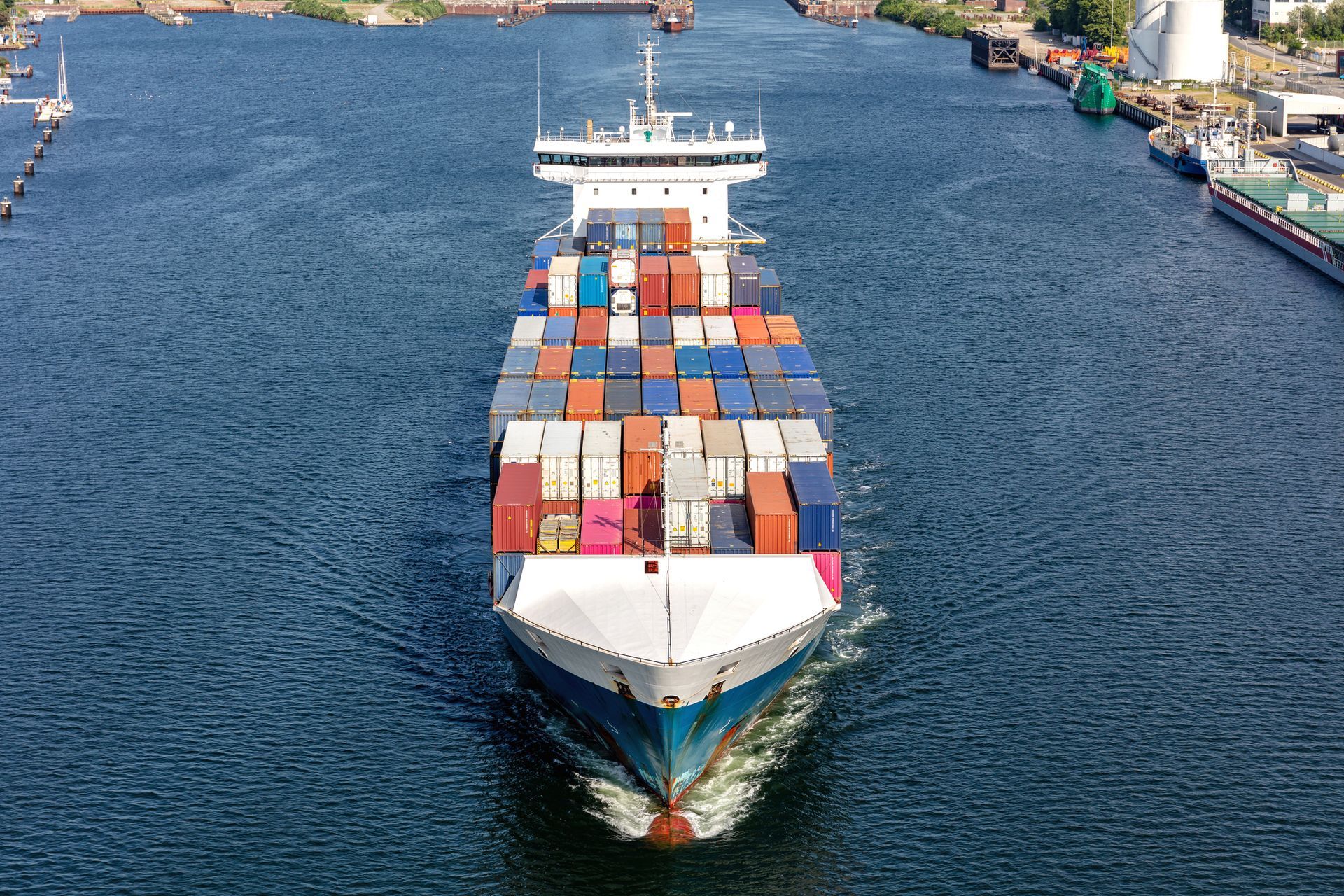
A mandatory tool for those involved in international trade, the Single Foreign Trade Portal - Siscomex Portal, launched in 2014, is much more than a government supervision tool. The Single Portal is an evolution of Siscomex - Integrated Foreign Trade System, created in 1992 by the federal government to supervise Brazil's international trade and which, in fact, was born as one of the most advanced foreign trade systems in the world.
In addition to its initial purpose of being a single window for foreign trade, the Siscomex Single Portal has become a safe haven, a reliable and complete source of information on foreign trade, both for professionals in the area and for those interested in importing or exporting, and even for academics.
In the case of academics, the portal is useful because it allows access to statistical data on import and export, information on special regimes, logistical issues - including international logistics, legislation and administrative issues.
It also publishes news related to foreign trade, provides manuals, updated legislation and instructions for integrating corporate systems with the Single Portal. With great success and engagement, it has been updated over time, as imports and exports grew in Brazil and the area of information technology evolved. Today it is an evolved, modern, functional and pleasant to use system.
What is the Siscomex Single Portal?
In order to reformulate export, import and customs transit processes to reduce bureaucracy, in 2014 the Federal Government took the initiative to launch a single location to enable access to these processes. Thus, the Siscomex Portal was born.
The portal brings greater dynamism and efficiency to operations, and harmoniously integrates all the consenting agencies and other stakeholders involved in foreign trade, both private and public. In practice, the new system reduces government requirements for exports, facilitating the sales process of national products. It is also through this system that the Federal Revenue Service controls imports and exports made in the country.
In July 2021, the federal government expanded the New Import Process (NPI) of the Single Foreign Trade Portal Program. In this new phase, improvements were made covering 19 modules of the Siscomex Portal, resulting in new functionalities.
What are the new features of the Siscomex Single Portal?
With the Siscomex Portal, customs brokers can monitor all phases of transactions quickly, thus always being aware of the process and keeping customers well informed. This generates a series of advantages, including transparency in the relationship between the importer or exporter, broker and the end customer.
Among the new features, implemented with the support of Serpro - Federal Data Processing Service - we can mention the most important:
• Permission for different companies to provide joint information from the same DU-E (Single Export Declaration) - this is the registration of joint exports;
• With the change in the NPI (New Import Process), companies without certification in the Authorized Economic Operator Program (OEA) can carry out imports;
• Replacement of the Import Declaration (DI) and Simplified Import Declaration (DSI) through the creation of the DUIMP (Single Import Declaration). By being able to register, rectify and consult DUIMP, the daily lives of importers are made easier, due to the integration of each company's systems with the government platform;
• Simplification of the information provided in the link between a DU-E and a Drawback Concession Act in the Exemption modality. This topic aimed to meet the request of several private sectors that use the Drawback regime, especially in cases where the beneficiary is not the same as the one carrying out the export;
• Unlinking the physical location where the cargo is located from the Federal Revenue inspection team for export declarations. The processes are now completely digital and use electronic documents. This enables high-performance inspection and customs control teams and, consequently, reduced costs;
• The generation of the ICMS payment slip is now automated, as is the payment confirmation, speeding up the nationalization process and ending the requirement for paper receipts;
• Possibility of automatic release of tax credits collected from DI (Import Declaration) rectification or cancellation;
• Possibility of issuing the International Cargo Manifest (MC) directly through the system, in land-based operations, due to the evolution of the cargo logistics control system. The consequence of this is, mainly, greater control and security of cargo manifests, facilitating the process for operators;
• The API (Application Programming Interface) solution, for mass data capture, simplifies compliance with obligations to the Federal Revenue Service for depositories who use customs facilities, which store imported products that have not yet been nationalized;
• Private operators are also allowed to pay, through the system, tariffs based on DUIMP information;
• Improvement of the Classif tool, which was necessary in order to honor the commitments on transparency and access to information that are in the Trade Facilitation Agreement (TFA) of the World Trade Organization (WTO). The improvement allows queries regarding administrative requirements and technical conditions for importing a given product into Brazil, using intuitive and much simpler navigation. It is also possible to view, on the same page, Explanatory Notes of the Harmonized System (NESH) and government resolutions on the tax classification of goods (Legal Notes);
• There was also an improvement in government work processes, which made it possible to create virtual teams of civil servants, with better distributed workloads, resulting in better use of available public resources.
Implementation of new features
To implement the new features of the Siscomex Single Portal, it was identified that there was a need to pursue three objectives in order to centralize the information that was previously scattered across several modules or systems of each agency, and to speed up the processes:
Integration of stakeholders - the need for the public and private sectors to be connected.
Information technology - to encompass so many changes and improvements, there was also a need to implement cutting-edge technology that would allow for speed and effectiveness in attaching documents with digital signatures, as required by the competent agencies.
Redesign of processes - there was not only technological improvement. The importance of redesigning the processes was fundamental, as it enabled the reduction of bureaucracy and maximum efficiency.
A very important detail to consider is that the review of the processes was done in partnership with the private sector and followed the steps below:
• Mapping and analysis of the processes that were in force;
• Production and validation of a proposal for the implementation of new processes;
• Gradual implementation.
This partnership sought to empathetically understand the role of each party in the process, as well as the sequence of activities, from the intention to export and import to the delivery of the goods, as well as the flow of information. The activities and information needs of 16 consenting agencies, the RFB (Federal Revenue Service - the agency responsible for customs control), and state tax authorities were also detailed.
Once this stage is completed, it is expected that operational and labor costs will be radically reduced, and that the time for export and import operations will also be significantly reduced for all stakeholders.
Understanding the main changes from the implementation of all new processes
When it comes to such a large project, changes happen in a chain and, practically, many details end up going unnoticed, but we can mainly mention:
the possibility of intensive risk management;
• comprehensive approvals for more than one operation are now possible, also making it possible to reduce controls on a per-operation basis;
• integrated foreign trade systems and processes, as well as the centralization of communication between private operators and government agencies and entities in a single location;
• continuous improvement, based on coordinated and harmonized action, of the governance of controls for foreign trade operations;
• simpler access to the standards that regulate Brazilian exports and imports;
• efficiency in processes, based on parallelization of steps, for example;
• electronic attachment of documents;
• distribution of information to the competent agencies, which is requested only once.
When do all the new features go into effect?
More than 20 government agencies that somehow intervene in foreign trade are also part of the effort to implement the Single Portal, in addition to Secex and the Federal Revenue Service, which coordinate the implementation.
To understand the magnitude of these changes, it is important to know who is responsible at each level: The Brazilian Federal Revenue Service (RFB) and the Foreign Trade Secretariat (Secex), through their technical teams, are responsible for the project to reformulate national foreign trade.
In addition, the initiative to reduce bureaucracy and integrate import and export processes, introduced by the Single Portal Siscomex, is the result of the commitment made by Brazil in the Trade Facilitation Agreement of the World Trade Organization (WTO).
If we stop to think about all the logistics of this transformation, we can see that it is a very complex and extensive project and, therefore, time-consuming and extremely responsible. In any case, all changes have been gradually implemented since 2019 and the implementation is expected to be completed by the end of 2022.
Conclusion
Government agencies no longer have a merely supervisory and procedural role and have started to act constructively, which has resulted in improvements that have a decisive impact on the success of processes.
By acting collaboratively, the Government, through the Federal Revenue Service, has made the approach more inclusive and facilitating, resulting in improvements in costs, time and processes, which have become more functional and transparent. All of this has brought confidence and security to the use of the Siscomex Portal.
Communication has also improved. There has been a change in the Federal Revenue Service's concept towards interacting more with companies involved in foreign trade, such as Allink, holding live broadcasts, webinars and providing guidance in an aggregated manner, which had not happened for 10 years, for example.
Did you like the content? Sign up for our newsletter to stay up to date with the latest news and updates from the world of foreign trade.
Continue browsing the Allink blog

Stay informed about foreign trade
Subscribe to our newsletter and receive free weekly updates about the world of logistics.





